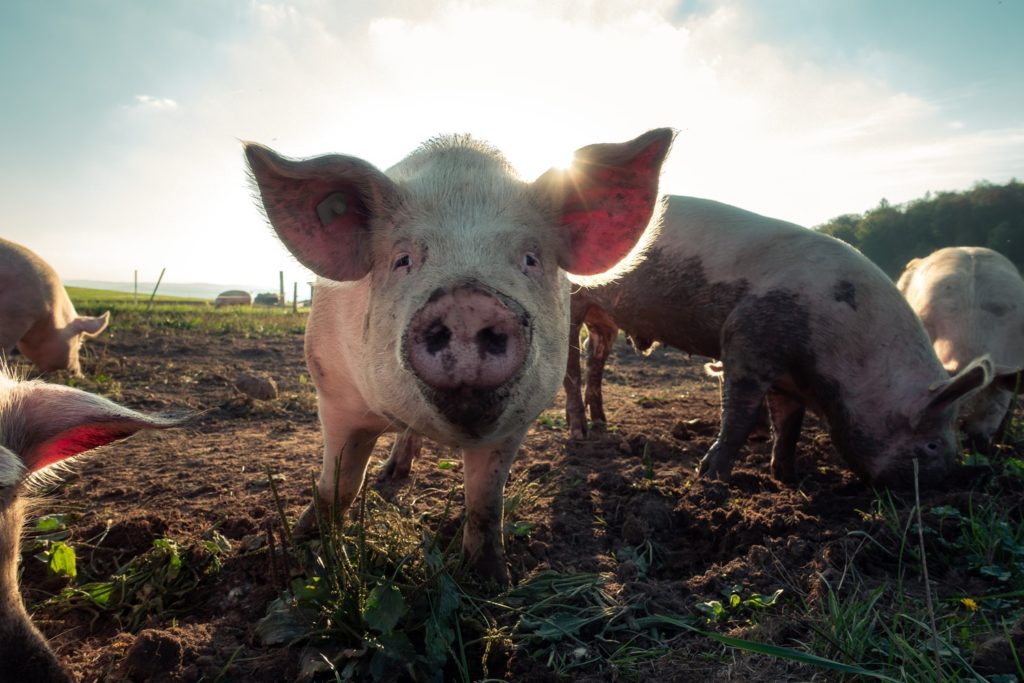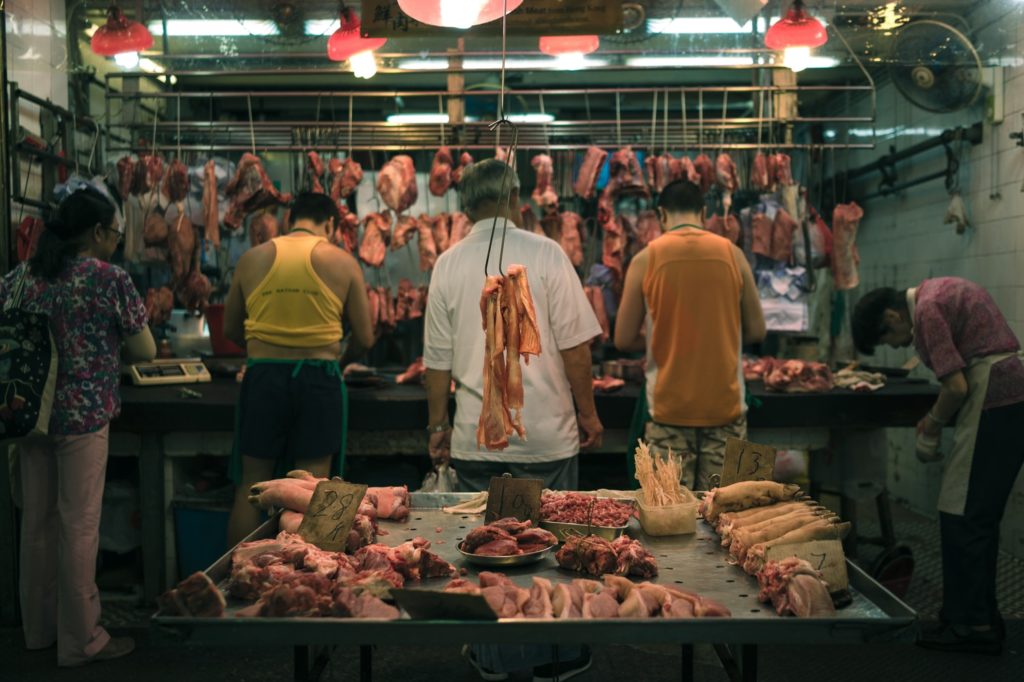Business
China should heed Russia’s lesson to salvage pork industry
In the face of the African Swine Fever, China could learn lessons from Russia who successfully combated the disease in 2007.

Pork is the most consumed meat in the world. Together, farmers produced about 108.2 million metric tons of pork in 2016 alone. According to the USDA Foreign Agricultural Service, 86 percent of pork worldwide are from China, the European Union, the United States, Brazil, and Russia.
China’s pork industry is much bigger than Russia but when the African Swine Fever reached the country, it faltered harder. Its attempts failed to prevent the spread of the deadly disease. Now, China’s $128 billion pork industry is at risk of destruction.
The country’s pork industry accounts for 3 percent of its consumer price index, according to Bloomberg. Fifty percent of the pigs raised in the world live in China. Apart from the impact on its local economy, China’s pork problem could change food flows across the world.
Even with this weighty responsibility, China relies on traditional means to combat the spread of the virus. Authorities culled pigs and set up checkpoints in provinces where the outbreaks happened. After all, many local pig merchants are raising hogs in their backyards. They still feed the animals with kitchen waste. Suppliers still transport pigs through trucks to locations as far as 1,400 miles.
ASF damaged Russia’s pork industry in 2007. The country had 1,000 outbreaks that year but was quick to shift its practices, implementing tough biosecurity measures.
For instance, Miratorg, one of Russia’s largest meat producers, quarantined all pigs and prohibited their workers from backyard farming and from hunting wild boar. To date, the company continues to produce 3 million pigs annually.
Swine fever continues to spread in China
China reported ASF outbreaks in three provinces—Liaoning, Henan, and Jiangsu—in August. ASF has since spread to 20,000 provinces. In November, the virus already reached Beijing, and in the same month, 600,000 pigs were already culled, according to Reuters, citing data from China’s Ministry of Agriculture and Rural Affairs.
Still, on Dec. 12, the ministry found two new ASF outbreaks in Sichuan and Qinghai provinces. This means China may still need to adjust its strategy.
Matthew Stone, a deputy director general of the World Organization for Animal Health in Paris, said the situation remains challenging in China. Continued backyard farming and hunting wild boars complicated the problem. In fact, authorities found infected pork products in the luggage of travelers going to South Korea, Japan, and Taiwan.

China is the world’s biggest producer of pork. (Source)
“There is a clear understanding that farm biosecurity practices have been a challenge for them, and something they need to address,” Stone said.
“When the virus appeared in Russia, about half of our pork output came from household farms, and they weren’t ready to adapt,” Yury Kovalev, head of Russia’s National Pig Farmers Union, told Bloomberg.
Backyard farmers who were reluctant to adapt died away, Kovalev said.
Russia is on track to double its pork production in 2019. The country produced 1.5 million tons in 2007 and is now producing 3.5 million tons.
According to the USDA, China could recover from the impact of ASF if only it could modernize farm practices. If it contained ASF outbreaks, its largest swine producer could produce as many as 22 million heads of swine and that’s one company alone.
China may be home to half of the pigs in the world but lessons could be learned from smaller industry players like Russia. As ASF continues to ravage one of its most important industries, China may have to let go of some practices and may start with prioritizing quality over quantity.

-

 Crypto1 week ago
Crypto1 week agoBitMine Surpasses 4 Million ETH Holdings Amid Market Volatility
-

 Markets2 weeks ago
Markets2 weeks agoDow Jones Strength Faces Risk From a Potential Yen Carry Trade Unwind
-

 Impact Investing7 days ago
Impact Investing7 days agoChristmas Plastic Waste and the Path to Circular, Low-Emission Solutions
-

 Africa2 weeks ago
Africa2 weeks agoBantuHub and L’Archer Group Partner to Invest €1 Million in Congolese Startups


























You must be logged in to post a comment Login